Tiếng Anh 7 iLearn Smart World Unit 10 Từ vựngTổng hợp từ vựng Unit 10. Energy sources Tiếng Anh 7 iLearn Smart World LESSON 1 1. (n.phr): năng lượng mặt trời We could use solar power because it’s really sunny here. (Chúng tôi có thể sử dụng năng lượng mặt trời vì ở đây rất nắng.) 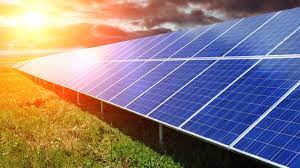 2. renewable energy /rɪˈnjuːəbl ˈɛnəʤi/ (n.phr): năng lượng tái tạo Renewable energy can be used again and again. (Năng lượng tái tạo có thể được sử dụng nhiều lần.) 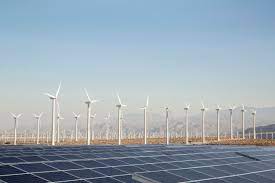 3. non-renewable energy /nɒn-rɪˈnjuːəbl ˈɛnəʤi/ (n.phr): năng lượng không tái tạo Non-renewable energy cannot be used again and again. (Năng lượng không tái tạo không thể được sử dụng lại nhiều lần.) 5. (n): ô nhiễm Non-renewable energy sources can cause pollution. (Các nguồn năng lượng không tái tạo có thể gây ô nhiễm.)  6. (n): thủy điện How is hydropower used in everyday life? (Thủy điện được sử dụng như thế nào trong cuộc sống hàng ngày?) 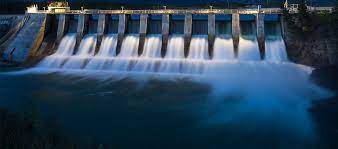 7. (n): chuyên gia Emma and James talking to experts at an energy convention. (Emma và James nói chuyện với các chuyên gia tại một hội nghị năng lượng.) 8. (n): than đá Greenwood gets 22% of its energy from coal. (Greenwood lấy 22% năng lượng từ than đá.)  9. (n): năng lượng gió What are 3 advantages of wind power? (3 ưu điểm của năng lượng gió là gì?)  10. (n): dầu An example of oil is petroleum from beneath the earth. (Một ví dụ về dầu mỏ là dầu mỏ từ bên dưới trái đất.) 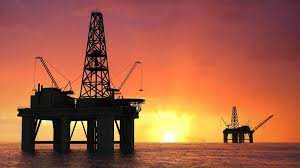 11. (n): điện Towns use 20% more electricity than villages. (Các thị trấn sử dụng điện nhiều hơn 20% so với các làng.) 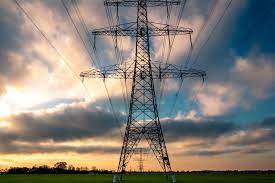 12. (phr.v): đến từ Half of Greenwood's energy comes from renewable sources. (Một nửa năng lượng của Greenwood đến từ các nguồn tái tạo.) 13. (v): đốt Burning of wood or coal can heat your home. (Đốt gỗ hoặc than có thể làm nóng nhà của bạn.) 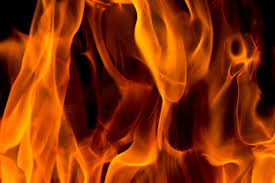 LESSON 2 14. disadvantage /ˌdɪsədˈvɑːntɪdʒ/ (n): nhược điểm Can talk bout the advantages and disadvantages 40 of energy sources? (Có thể nói về ưu nhược điểm của 40 nguồn năng lượng?) 15. (n.phr): nhà máy than Coal power is the most popular form of energy today because coal plants aren't expensive to build. (Điện than là dạng năng lượng phổ biến nhất hiện nay vì xây dựng các nhà máy than không tốn kém.) 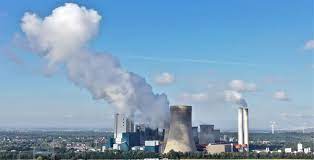 16. hydroelectric power /haɪdrəʊɪˈlɛktrɪk ˈpaʊə/ (n.phr): thủy điện Countries are now moving to renewable sources of energy like wind, solar, and hydroelectric power. (Các quốc gia hiện đang chuyển sang các nguồn năng lượng tái tạo như năng lượng gió, năng lượng mặt trời và thủy điện.)  17. (adj): ồn Also, wind turbines are noisy and need windy weather to work well, and solar power doesn't work at night.  18. (v): ảnh hưởng Hydroelectric plants also don't cause pollution, but they can be expensive to build and affect the environment by stopping fish from moving freely. (Các nhà máy thủy điện cũng không gây ô nhiễm, nhưng chúng có thể tốn kém để xây dựng và ảnh hưởng đến môi trường do ngăn cá di chuyển tự do.) 19. (adj): thuận tiện It's very convenient for me to get to the station. (Nó rất thuận tiện cho tôi để đến nhà ga.) 20. (n): chiếc xe máy Who made first motorbike? (Ai đã chế tạo ra chiếc xe máy đầu tiên?) 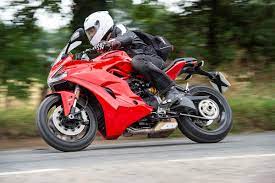 21. (n.phr): pin mặt trời Solar panels save money they are clean. (Các tấm pin mặt trời tiết kiệm tiền mà chúng sạch sẽ.) 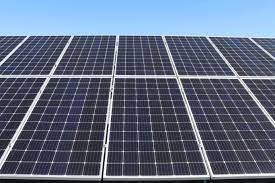 22. (n): máy bay Was airplane the first spoof movie? (Máy bay có phải là bộ phim giả mạo đầu tiên?)  23. be good or bad for /biː gʊd ɔː bæd fɔː/ (v.phr): tốt hoặc xấu It can be good or bad for the environment. (Nó có thể tốt hoặc xấu cho môi trường.) 24. (adj): nguy hiểm You're treading on dangerous ground. (Bạn đang giẫm chân trên mặt đất nguy hiểm.)  25. (n.phr): các tuabin gió Also, wind turbines are noisy and need windy weather to work well, and solar power doesn't work at night. 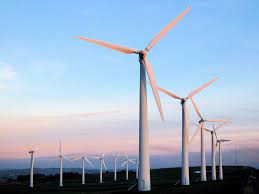 26. (n.phr): nhà máy điện What are the different types of power plants? (Các loại nhà máy điện khác nhau là gì?) 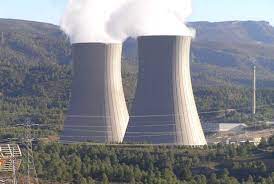 27. nuclear power /ˈnjuːklɪə ˈpaʊə/ (n.phr): điện hạt nhân Where are nuclear power used? (Điện hạt nhân được sử dụng ở đâu?) 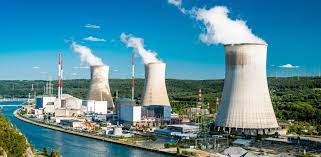 28. (phr): sạch để chạy Discuss which energies you think are clean to run or cause pollution. (Thảo luận về loại năng lượng mà bạn cho là sạch để chạy hoặc gây ô nhiễm.) 29. (v): sản xuất Thousands of cars are produced here each year. (Hàng nghìn chiếc xe hơi được sản xuất tại đây mỗi năm.) 30. stop ... from doing /stɒp ... frɒm ˈdu(ː)ɪŋ / (v.phr): ngăn làm gì Hydroelectric plants also don't cause pollution, but they can be expensive to build and affect the environment by stopping fish from moving freely. (Các nhà máy thủy điện cũng không gây ô nhiễm, nhưng chúng có thể tốn kém để xây dựng và ảnh hưởng đến môi trường do ngăn cá di chuyển tự do.) 31. (n.phr): khí đốt tự nhiên Why is natural gas better than coal? (Tại sao khí đốt tự nhiên tốt hơn than đá?) 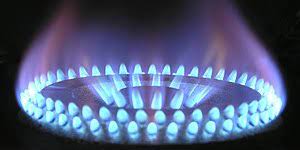 32. environmental problem /ɪnˌvaɪərənˈmɛntl ˈprɒbləm/ (n.phr): vấn đề về môi trường What environmental problem does hydroelectric power create? (Thủy điện tạo ra vấn đề gì về môi trường?) 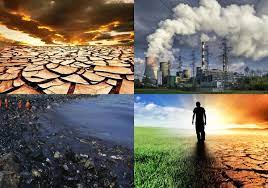 33. microwave oven /ˈmaɪkrəʊweɪv ˈʌvn/ (n.phr): lò vi sóng Microwave ovens are cheap they use less electricity than electric ovens. (Lò vi sóng giá rẻ sử dụng ít điện hơn so với lò nướng điện.) 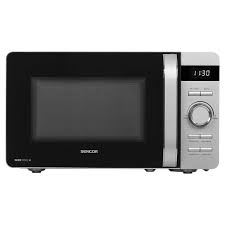 34. electric car /ɪˈlɛktrɪk kssɑː/ (n.phr): xe điện Electric cars are clean, but they are expensive to buy. (Xe điện thì sạch, nhưng mua thì đắt.) 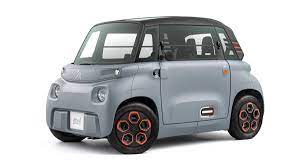 35. (n): phần trăm Percentage is a fraction or a ratio in which the value of whole is always 100. (Phần trăm là một phân số hoặc một tỷ lệ trong đó giá trị của toàn bộ luôn là 100.) LESSON 3 36. (v): gợi ý What energy source does Harry suggest ? (Harry gợi ý về nguồn năng lượng nào?) 37. 38. (v): cải thiện What can we do to improve it? (Chúng ta có thể làm gì để cải thiện nó?)  39. (n): thị trưởng Now, write an email to the mayor of Blackstone Town to suggest changing energy sources. (Bây giờ, hãy viết một email cho thị trưởng của Thị trấn Blackstone để đề nghị thay đổi các nguồn năng lượng.)  40. eco-friendly /ˈiːkəʊ-ˈfrendli/ (adj): thân thiện I would like to suggest ways to make Windrush City more eco-friendly. (Tôi muốn đề xuất những cách để làm cho Thành phố Windrush thân thiện hơn với môi trường.)  41. (v): giảm This will reduce air pollution and make Windrush City more eco-friendly. (Điều này sẽ làm giảm ô nhiễm không khí và làm cho Thành phố Windrush thân thiện hơn với môi trường.) 42. (adj): bị ô nhiễm Is your town polluted? (Thị trấn của bạn có bị ô nhiễm không?) 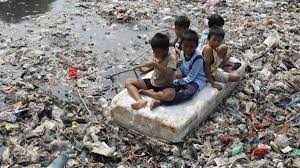 43. (n): giải pháp Let’s find some solutions for this problem. (Hãy cùng tìm một số giải pháp cho vấn đề này.) 44. (n): mùa thu It's so windy here in fall and winter. (Ở đây có rất nhiều gió vào mùa thu và mùa đông.)  45. 
>> Học trực tuyến lớp 7 trên Tuyensinh247.com. Đầy đủ khoá học các bộ sách: Kết nối tri thức với cuộc sống; Chân trời sáng tạo; Cánh diều. Cam kết giúp học sinh lớp 7 học tốt, hoàn trả học phí nếu học không hiệu quả. PH/HS tham khảo chi tiết khoá học tại: Link
|





















